After 50 years since its inception, hip hop is finally being recognized as a legitimate and influential art form, thanks in large part to the contributions of artists like Kendrick Lamar, whose storytelling, lyrical depth and cultural impact have helped elevate the genre to a new level.
In 2022, the Super Bowl was headlined by Dr. Dre, Snoop Dogg, Eminem, Mary J. Blige and Kendrick Lamar. However, this year, at the 2025 Super Bowl, Kendrick Lamar is the first hip hop artist to solo headline the Super Bowl halftime show with special guest, and fellow Top Dawg Entertainment artist, SZA.
Fans are pumped as this will be a sneak peek of Lamar and SZA’s upcoming “Grand National” tour. In an exclusive interview with Apple Music, Lamar highlighted that, “This will be a pgLang production,” and the show will be one of many elaborate productions from his co-founded creative multimedia agency, which produces art of all mediums, such as films, music, books and videography.
I had the pleasure of seeing Kendrick Lamar live in concert during his ”Mr. Morale and the Big Steppers Tour” in 2022 at Little Caesars Arena. The arena was ignited with electrifying energy from start to finish. Lamar brought along pgLang collaborators such as Baby Keem and Tanna Leone as openers to perform their music, adding to the night’s unforgettable atmosphere.
Lamar showcased an elaborate set complete with props, visuals and movie shorts, complete with a light and pyro show to enhance the performance and storytelling aspect of Mr. Morale. In any show, Lamar’s personality and work ethic shine through. He has an inimitable ability to shock and move a crowd, keeping the audience on their toes. Just when the audience thought we had seen all Kendrick Lamar planned for the show, the stage began to lift and appeared to float with a long black cloak draping the bottom half.
I can still remember the feeling of leaving the arena wondering if I would ever experience such a cultural, personal and vulnerable performance again. It was clear to me that artists like Kendrick Lamar were born to tell their stories through the powerful medium of hip hop.
This past year marked a significant milestone for the trailblazing rapper, sweeping the Grammys with five wins — two of which were in major categories. He took home Song of the Year, a prestigious songwriter award, and Record of the Year for his chart-topping summer anthem, “Not Like Us.” These victories brought his career total to an impressive 22 Grammy wins, further cementing his legacy in the industry.
After its initial release on May 4, 2024, I played “Not Like Us” on the way to and from work every day for two weeks. The beat to the song is sonically unique and has a way of making listeners want to dance and sing along to the brazen lyrics. Not only is the song a strong diss to a certain rapper, but it is also a song with cultural significance to Black Americans, who have been enchained, segregated and berated in history. It is an anthem to remind us that we are not like the default Americans built on the principles of “freedom.” Our fight to be truly free and equal remains, and this makes our position in society complicated and unique.
Despite the song’s success, speculation loomed over whether it would make it to the big stage. With ongoing legal battles within Universal Music Group and the controversy surrounding the diss track, there were rumors that the NFL may have advised Lamar against performing it. However, the song is bigger than just one of the greatest diss tracks of all time, it has become a patriotic anthem showcasing West Coast resilience and cultural pride, symbolizing a deeper movement of empowerment beyond rap beef, resonating with fans as a declaration of identity, self-confidence, hometown loyalty and artistic freedom.
Kendrick Lamar went the extra mile previously performing the song five times at his “Pop Out Concert,” a Juneteenth celebration, acknowledging Black culture and freedom. With his concrete lyricism and progression, his career impacts his hometown of Compton, Los Angeles. Lamar has always expressed his love for his city through music, and it is clear that he wanted to bring about social change within its neighborhoods.
With this concert, he was able to bring his community together in a way that hadn’t been seen in decades, bridging divides caused by gang affiliations. For the first time since the late 80s, his neighborhood stood side by side on stage, disregarding their deep-rooted feuds and ongoing violence — united, not by conflict, but by the culture, music and a shared legacy. This impact prompted fans to be amped to potentially hear the song at the Halftime show when it was announced in September.
With the anticipation of his Super Bowl performance finally over, I can yet again confirm Kendrick Lamar is a visionary performer. He kicked off his performance with the second track, “Squabble Up,” from his new album GNX, featuring a special appearance by Samuel L. Jackson — widely regarded as one of Hollywood’s most iconic and recognizable actors, and a cornerstone of Black culture. The performance’s narrator, Jackson, or “Uncle Sam,” delivered his lines from the sidelines, encouraging Kendrick Lamar forward with his signature commanding presence.
Stepping out of an all-black Grand National Buick, a symbol of his new artistic phase, Kendrick Lamar began his visual masterpiece, forming an American flag with the help of background dancers clad in red, white and blue, to perform his 2017 hit “Humble.” The moment soared with euphoric energy, flowing seamlessly into the intensity of “DNA,” a transition that captured the essence of his evolution.
A pivotal moment in the performance unfolded as Kendrick Lamar walked down a path toward a street corner, where background actors gathered beneath a streetlight, dressed in long-sleeve white tees, grills, fitted caps and jeans. This scene vividly captures the essence of a cultural phenomenon — the freestyle sessions that Black American teens experience in their neighborhoods, bonding over music and expression in the streets. In this intimate moment, Lamar delivers a powerful acapella rendition of “Man at the Garden,” a song that reflects his journey toward recognition, the legacy of generational wealth he aims to build and the ambition he hopes to pass down to his children.
The tension in the stadium reached a high as Lamar teased the crowd with a tantalizing snippet of “Not Like Us,” but then pulled back, leaving the audience on edge, wondering if he’d take the risk that had been the subject of heated debate for days. As women in white surround him, Lamar quipped, “Ladies, I want to make a move. I want to perform their favorite song, but you know they love to sue.” The crowd hung on his every word as he contemplated the decision before the scene shifted, heightening the anticipation. The ethereal SZA then stepped onto the stage, and together, they delivered a performance of their iconic hits, “Luther” and “All the Stars,” igniting the atmosphere with their magnetic energy and unrelenting chemistry.
The tension thickened as “Uncle Sam” reappeared, telling Kendrick Lamar he’s given America exactly what they wanted: “something nice and calm.” However, Lamar responded with defiance stating, “It’s a cultural divide, I’ma get it on theFortyloor. 40 acres and a mule, this is bigger than the music.” With that, the crowd erupted as “Not Like Us” blasted through the speakers once again as Kendrick performed the Grammy-winning song, leaving the crowd thrilled beyond measure. Just when the excitement couldn’t get any higher, Serena Williams made a surprise appearance, showing off her “Crip Walk,” a footwork dance that was originally performed by “Crips” at parties, but quickly became popular in Compton. Lamar then closed the set with “TV Off,” another hit produced by DJ Mustard, making one final appearance on stage, leaving the crowd ecstatic and the atmosphere charged with cultural pride.
From his early mixtapes like “Overly Dedicated,” to his most vulnerable works such as “Good Kid, m.A.A.d City,” “DAMN.” and “Mr. Morale and the Big Steppers,” to his most recent and vibrant work, “GNX,” we see the story of an artist that cannot be encapsulated in a mere 12-minute set at the Super Bowl halftime. Yet, in that short time, he masterfully wove a story of growth, resilience and cultural pride, using the art of hip hop to highlight the past, the present and the powerful legacy he’s building. Through vivid imagery and symbolism, Lamar’s performance became more than just a show — it was a testament to his unparalleled influence on music and his deep reflection of Black American culture.



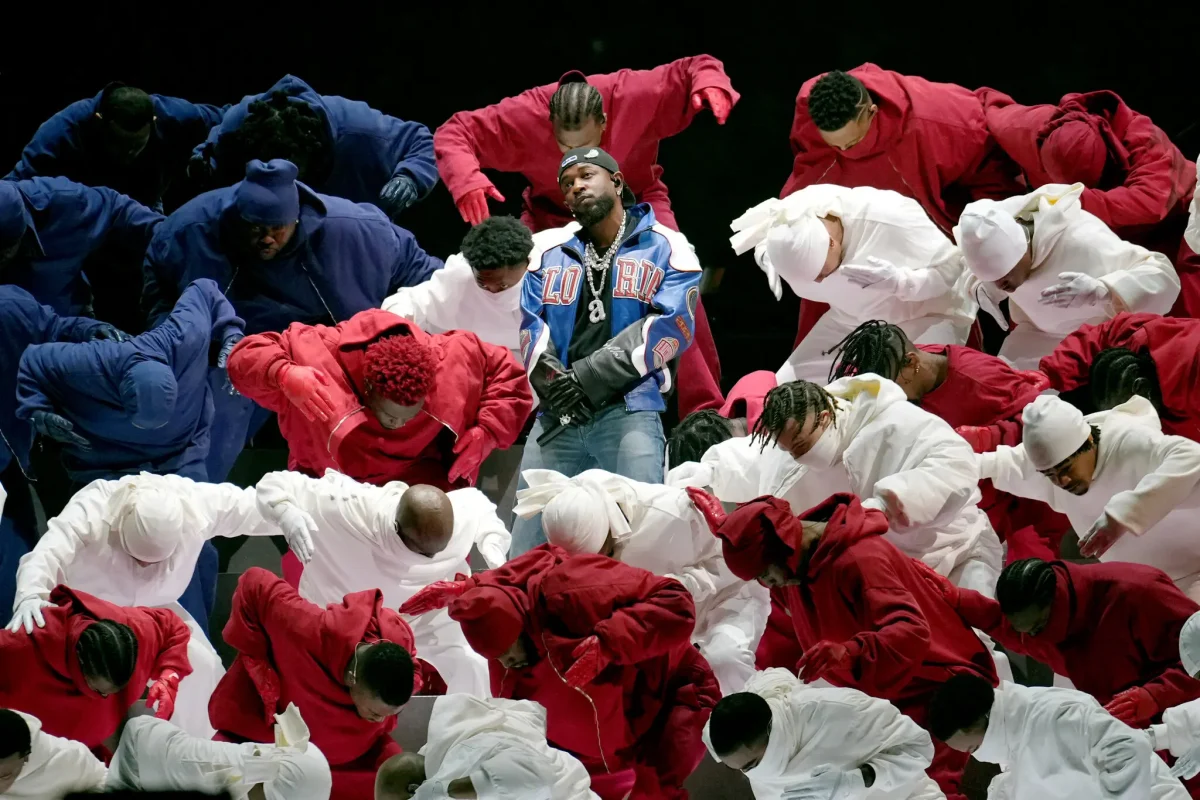

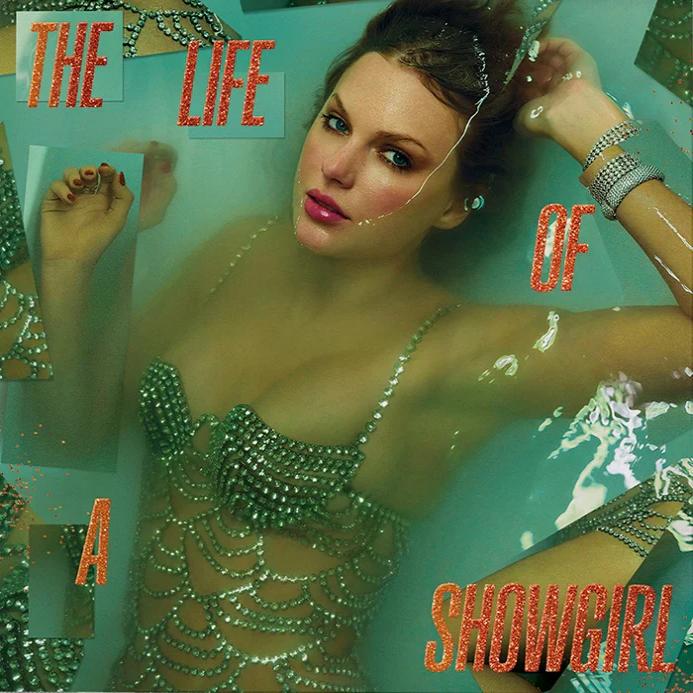
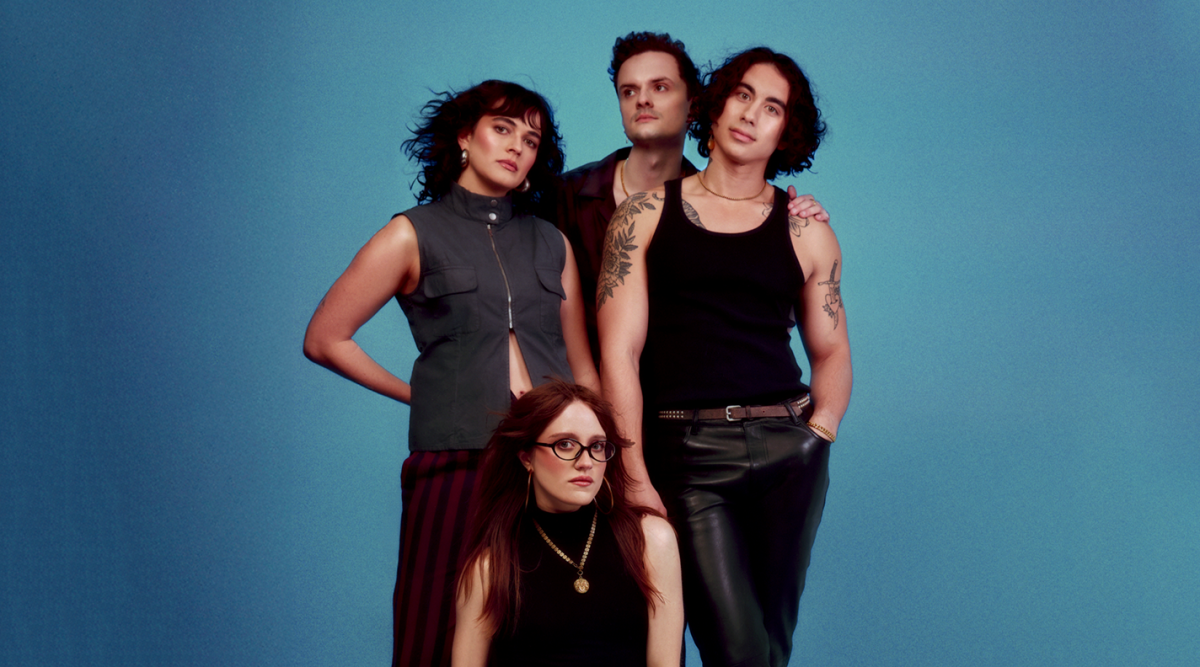
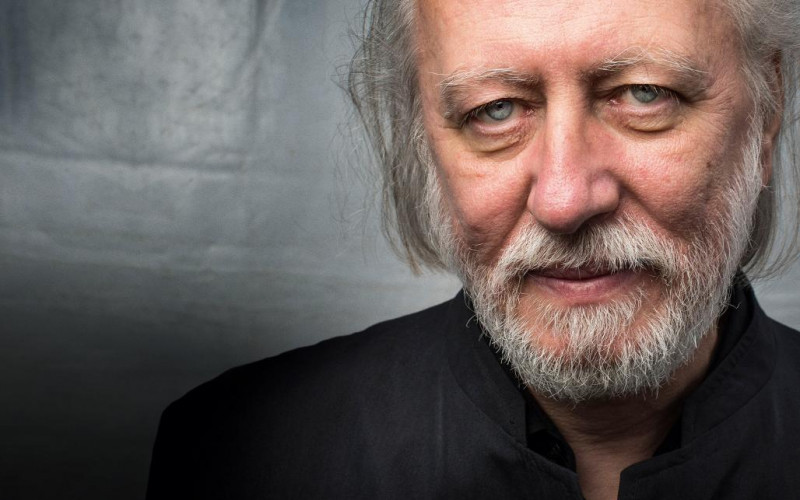
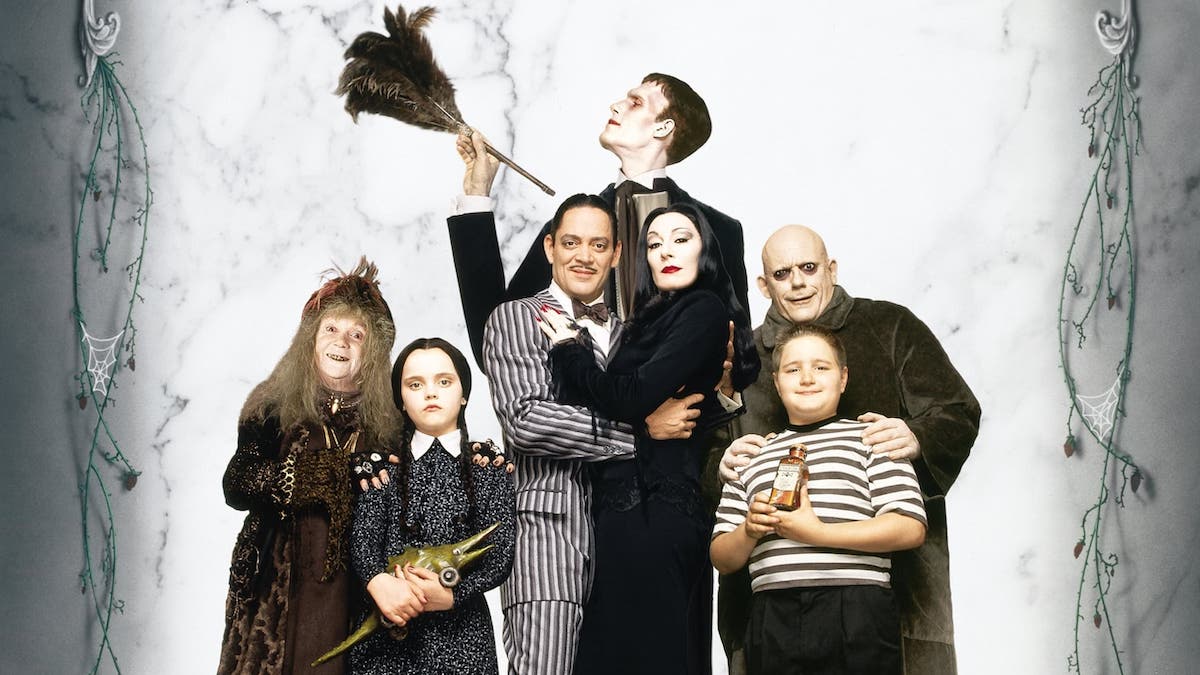

Ms.Martin • Feb 12, 2025 at 4:39 PM
Excellent piece, im excited to hear more from this publisher !
Shae N • Feb 12, 2025 at 1:33 PM
Yes! Kendrick was thorough. Love this take on the performance.